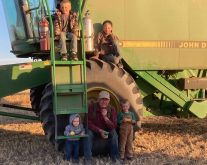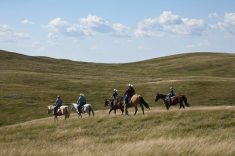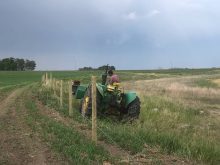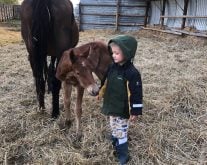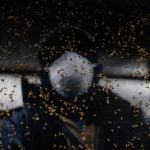An Edmonton area-based company is marketing a netted bag system for limit feeding horses and other types of livestock.
The N.A.G. Bags which can be stuffed with hay, or stretched over a full round bale of hay are marketed by Alex Von Hauff of Strathcona Ventures in Sherwood Park, Alta., which carries a wide range of feeders and other livestock products.
Von Hauff, a long-timer in the shavings and bedding business, became an entrepreneur when he decided to sell good-quality shavings for animal bedding at a cheap rate, with the goal of knocking other shaving companies off kilter. He says shavings had become so expensive he couldn’t afford to bed his own animals.
Von Hauff also sells N.A.G. Bags, which were created by his in-laws in Armstrong, B.C. The bags can’t be used alone for shod horses, so Von Hauff also offers a poly ring feeder. The largest ring, which is seven feet, only weights 77 lbs. Von Hauff says the ring can be flipped up and over the bale.
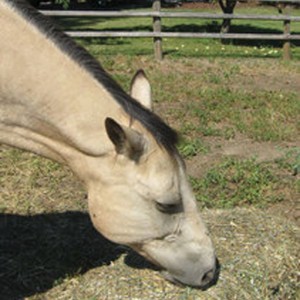
The plastic for the ring was tested in Yellowknife with draft horses, says Von Hauff. “Once we were sufficiently happy that the plastic would hold up to Canadian winters, we brought it to market.”
Strathcona Ventures and N.A.G Bags have sold between 700 and 800 feeders, Von Hauff says, with no returns or complaints.
N.A.G. bags are netted material made from UV-treated polypropylene. The netted bags come in a range of sizes, from hanging bags, to horse trailer bags, to day bags that can lay on the ground, to bags that fit small square bales and bags that fit over a large round bale. They are available with a choice of one-inch, inch-and-a-half, and two-inch openings in the nets. Von Hauff says the nets hold up as long as the horses have a bit of loose feed available when they’re introduced to the bag. Horse owners should also make sure equines have some loose feed nearby when putting out a new bale.
Read Also
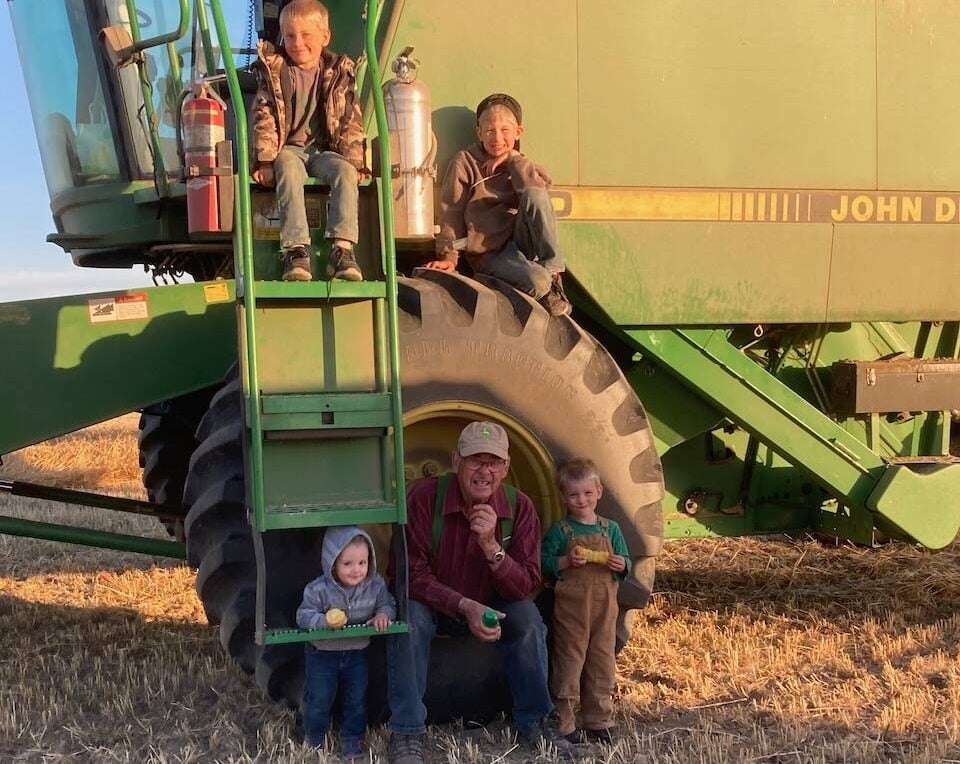
Harvest wraps up and fall work begins
At the Eppich famly ranch in western Saskatchewan, the fall harvest was successful with few breakdowns, cows and calves have been sorted and a new tractor has arrived
“An analogy I always use is a situation where you’ve gone out yourself to bale hay,” says Von Hauff. “You haven’t had breakfast. You haven’t had lunch. You haven’t had supper. You get home and somebody put a net over your fridge. You’re just going to cut it open.”
It’s a similar principle with hungry horses. Make sure they have easy access to a bit of loose hay first and then they will find their way to the net-wrapped hay. He’s been using the poly ring feeder with a N.A.G. bag for four years, and has only had one small hole in the netting, he says.
Among his other agricultural products, Von Hauff also sells an environmentally-friendly dust-control product for arenas, developed by the University of Alberta and an Alberta research company. And he also sells Aegis, a spray that kills microbes by piercing their membranes. The product can be used to disinfect a wide range of surfaces around the farm including stalls, stall mats and stall mattress systems, isles, washracks, tie stalls, tack, saddles, pads, bits, leather, cloth, boots, clothing, buckets, feed bins, troughs, auto waters, and trucks and trailers. The Dow Corning product keeps surfaces free from bacteria, viruses, mould and yeast for a year after application, he says.
“Our key clients for that product include swine and cattle haulers,” he says.
For more information on products carried by Strathcona Ventures visit their website or call (780) 464-0485 or (780) 221-1625.




